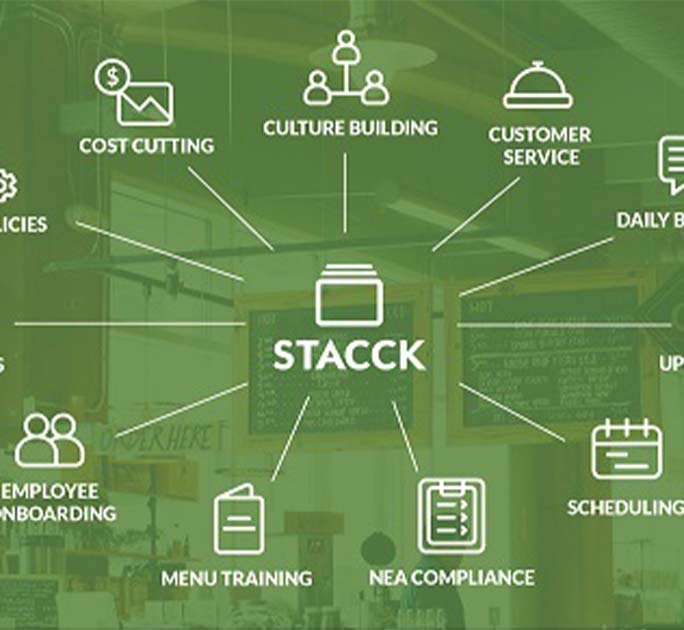A Leg Up For Small Shippers
Cloud-based transportation management systems are leveling the playing field between large and small shipping companies.

The increasing adoption of cloud technology is helping companies boost their efficiency across many aspects of their business. In particular, the cloud now allows for web-based enterprise applications to be delivered more affordably as software-as-a-service, or Saas, to businesses. This means that users need only pay a subscription to use the application, and do not have to invest in expensive on-premise systems.
Saas applications are commonly used in business functions such as sales, customer relations management, human resources and enterprise resource planning. On the logistics front, more shippers are starting to use cloud-based systems to help them plan routes and optimise loads to speed up deliveries and reliability, as well as lower costs.
Previously only bigger shippers who handled large volumes of shipments were able to afford such transportation management systems (TMS). But the emergence of web-based TMS applications means that they are well within the reach of smaller players as well; helping to level the playing field in the process.
“We’re transforming from a world where only a select handful of people have sophisticated intelligent technology. Now everybody has it,” says Abtin Hamidi, co-founder of Cargo Chief Inc., a freight broker that provides a cloud-based platform for matching shippers and carriers.
The need for shippers to have a TMS in place has become more critical in recent years as the rapid growth of ecommerce has made transportation needs more complex. Among other functions, TMS is used for route planning and optimisation, load optimisation, freight audit and payment, yard management and carrier management.
As cloud and web-based systems are accessible by different parties via the Internet, they also facilitate communication between the shipper and its partners. This is in contrast with traditional TMS systems that were located on site and only capable of minimal communication.
Apart from speed and cost savings, using such systems also results in improved accountability, as there is greater transparency across the transportation chain, as well as more flexibility to make changes to delivery plans.
“With a cloud-based portal, you’re able to gather shipping the data in one place and have the ability to send the data to whoever is required to have it, no matter where they are in the world,” says Bryn Heimbeck, co-founder and president of Trade Tech Inc., a cloud-based logistics software provider.
He adds: “It’s particularly well suited for addressing the requirements of global transportation."
Despite the benefits, there is still some resistance among logistics players to adopt cloud-based TMS. Larger companies, for instance, may already have invested heavily in on-premise systems. They may also be concerned about the security and reliability of Saas applications that are accessed through the Internet.
For example, a slow connection may result in lagging response times for applications that need to process a high volume of data. Other firms may be worried about whether such systems can integrate with those of their customers and partners.
Yet, as the Internet becomes more secure and reliable, the advantages of a cloud-based TMS are likely to outweigh its disadvantages, and may soon become the norm for shipping companies in the coming years.
Was this information useful?
Thanks for your feedback
Subscribe to DBS BusinessClass
Stay updated with the latest market trends and industry insights, connect with a network of entrepreneurs, and gain access to exclusive event invitations. Join Asia's fastest growing business community – get your complimentary membership here.





That's great to hear. Anything you'd like to add?
We're sorry to hear that. How can we do better?